Cotton Plant
- January 8, 2024
- 0 comment
The cotton plant, scientifically known as Gossypium, is a botanical marvel that has played an integral role in human civilization for centuries. Originating in the Indian subcontinent, this humble plant has transcended geographical boundaries to become a global agricultural powerhouse. Its significance lies in the versatile fibers it produces, which have been woven into the fabric of our lives. The life cycle of the cotton plant is a fascinating journey encompassing stages such as seed germination, vegetative growth, flowering, and boll development. Cultivating this crop requires a delicate balance of factors, from ideal soil conditions to precise planting techniques. However, the journey doesn’t end in the field; it extends to harvesting and processing, where the cotton fibers are transformed into the textiles we use daily.
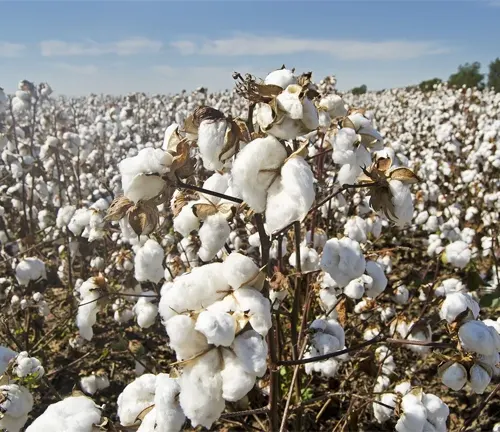
The diversity within the cotton plant family is notable, with various species and hybrids, such as Gossypium hirsutum and Gossypium barbadense, each offering unique characteristics. Cotton farming, while economically beneficial, also faces challenges, including pests and diseases that demand vigilant prevention and control measures. Globally, countries like China, India, and the United States are major contributors to cotton production, shaping international markets and trade dynamics.
| Characteristic | Description |
|---|---|
| Scientific Name | Gossypium |
| Origin | Indigenous to the Indian subcontinent, now cultivated globally |
| Life Cycle | Seed germination, vegetative growth, flowering, boll development |
| Varieties | Gossypium hirsutum, Gossypium barbadense, Gossypium arboreum, among others |
| Cultivation Requirements | Well-drained soil, rich in nutrients; planting techniques include drill and broadcast methods; crop management practices crucial |
| Pests and Diseases | Common pests include bollworms; diseases range from fungal infections to bacterial blight; preventative measures necessary |
| Harvesting Methods | Timing is critical; methods include hand-picking and machine harvesting |
| Processing | After harvesting, cotton undergoes ginning to separate fibers from seeds; further processing transforms raw cotton into usable fibers |
| Global Production | Major producers include China, India, United States; significant impact on international markets and trade dynamics |
| Environmental Impact | Cultivation may have environmental consequences; sustainable practices, genetic modifications, and technological advancements aim to address ecological concerns |
| Industrial Applications | Primary use in the textile industry for fabric production; by-products utilized in various sectors, including medical and industrial |
| Economic Importance | Cash crop for many farmers, contributing significantly to their livelihoods; economic impact extends globally |
| Challenges | Balancing economic benefits with environmental sustainability; challenges include water consumption and pesticide use |
| Innovations | Ongoing technological advancements and genetic modifications in the cotton industry |
| Consumer Awareness | Increasing awareness regarding sustainable cotton choices among consumers |
| Future Trends | Shift towards sustainable practices, precision farming, and emerging technologies to shape the future of cotton agriculture |
| Overall Impact | The cotton plant, with its intricate life cycle and global significance, remains a cornerstone of agriculture and industry, connecting us to a rich tapestry of tradition and progress. |
“Cotton Plant (Gossypium)”

Cotton, a humble plant with a remarkable impact on our daily lives, has been intertwined with human civilization for centuries. From clothing to industrial applications, the cotton plant (Gossypium) plays a pivotal role in various aspects of our society. In this comprehensive guide, we’ll delve into the intricacies of the cotton plant, exploring its varieties, life cycle, cultivation, global production, environmental impact, and more.
The journey into the world of cotton begins with an exploration of its roots. The cotton plant, scientifically known as Gossypium, has a rich history dating back to ancient times. Originally cultivated in the Indian subcontinent, cotton quickly spread across the globe due to its versatile fibers, becoming a staple in agriculture.
Cotton Plant Varieties
Diversity is a hallmark of the cotton plant family. Various species and hybrids exist, each with its unique characteristics. The most common varieties include Gossypium hirsutum, Gossypium barbadense, and Gossypium arboreum. Understanding these distinctions is crucial for successful cotton farming.
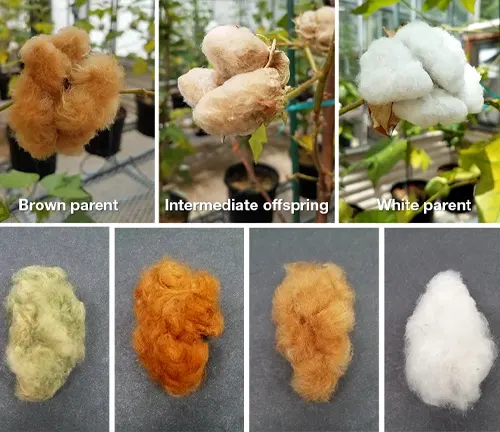

Life Cycle of a Cotton Plant
Embarking on the journey of the cotton plant’s life cycle, we witness the magic unfold in four distinct stages: seed germination, vegetative growth, flowering, and boll development. Each phase requires specific care and attention from farmers to ensure optimal yield and quality.
Cotton Planting and Cultivation
Cultivating cotton demands a delicate balance of factors, from soil conditions to planting techniques. Ideal soil for cotton is well-drained and rich in nutrients. Farmers employ various planting techniques, such as drill and broadcast methods, while adopting efficient crop management practices for a successful harvest.


Pests and Diseases Affecting Cotton Plants
Cotton plants face numerous challenges, including pests and diseases that can jeopardize crops. From bollworms to bacterial blight, understanding these threats is crucial for implementing effective prevention and control measures to safeguard the cotton fields.
Harvesting and Processing Cotton
The culmination of hard work arrives with the harvesting and processing of cotton. Timing is critical, and various methods, from hand-picking to machine harvesting, are employed. The harvested cotton undergoes ginning and processing to transform it into the fibers we know and use.
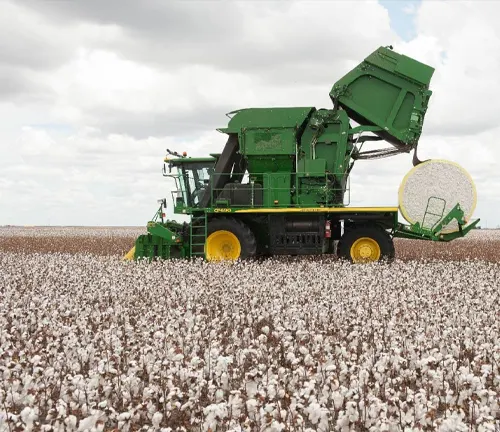
Global Cotton Production and Consumption
Cotton is a global commodity, with major producers including China, India, and the United States. This section explores the economic importance of cotton, trade dynamics, and the role it plays in shaping international markets.
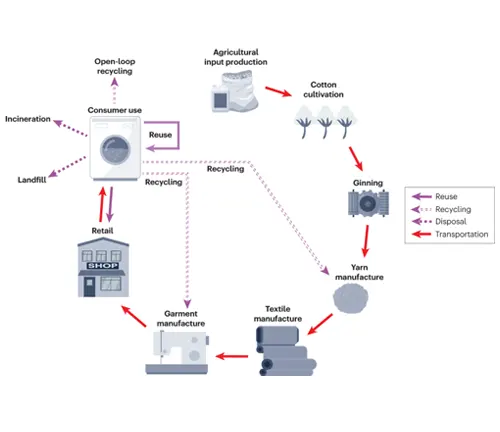
Environmental Impact of Cotton Farming
While cotton is a valuable resource, its cultivation can have environmental consequences. Sustainable practices, such as organic farming and water conservation, are explored as solutions to mitigate the ecological footprint of cotton farming.
Cotton Industry Innovations
Advancements in technology and genetic modifications have revolutionized the cotton industry. From precision farming to disease-resistant varieties, innovations continue to enhance crop yield and quality.

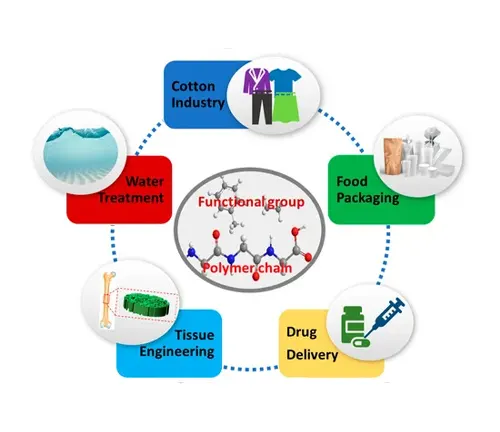
Uses of Cotton
The journey of cotton doesn’t end with the field. Cotton’s versatile fibers find applications in the textile industry, and its by-products are used in various other sectors, including medical and industrial.
Benefits and Challenges of Cotton Farming
Cotton farming offers economic benefits to farmers, but it also presents challenges, including water consumption and pesticide use. Striking a balance between economic gains and environmental sustainability is an ongoing challenge for the industry.

Cotton as a Cash Crop
For many farmers, cotton is not just a crop; it’s a source of livelihood. The economic impact of cotton cultivation on farmers’ lives is explored in this section, shedding light on the socio-economic dynamics of cotton farming.
Future Trends in Cotton Agriculture
Looking ahead, sustainable practices and emerging technologies are set to shape the future of cotton agriculture. Precision farming, genetic advancements, and eco-friendly practices will play a pivotal role in ensuring a sustainable and profitable future for cotton farmers.
Consumer Awareness and Sustainable Cotton
In the era of conscious consumerism, understanding the impact of our choices is crucial. This section emphasizes the importance of consumer awareness in promoting sustainable cotton products and supporting environmentally friendly practices.
Different Species
Gossypium hirsutum
(Upland Cotton)
This is the most widely cultivated species, accounting for the majority of global cotton production. Known for its relatively short fibers, it is well-suited for a variety of textile applications.
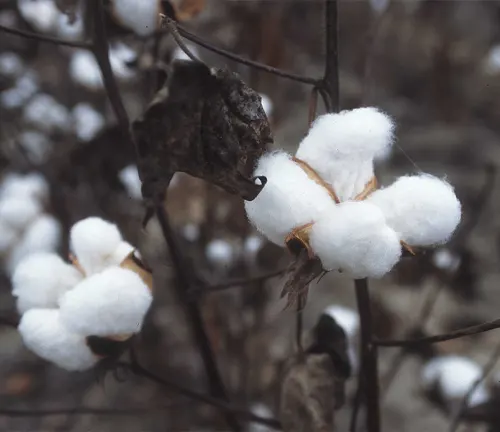
Gossypium barbadense
(Extra-long Staple Cotton or Pima Cotton)
Renowned for its long and luxurious fibers, G. barbadense produces cotton with exceptional strength and smoothness. Pima Cotton is often used in high-quality textiles.
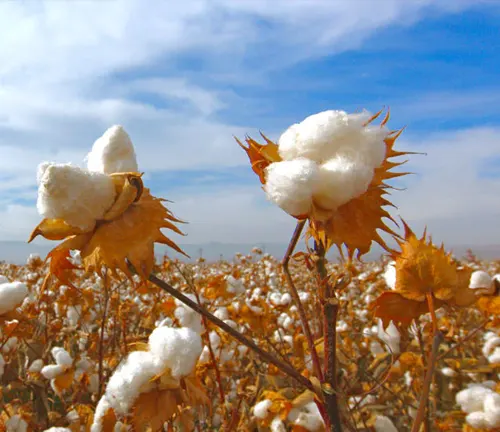
Gossypium arboreum
(Tree Cotton)
As the name suggests, this species has a shrub-like or small tree growth habit. It is cultivated in some regions for its cotton fibers, which are shorter than those of G. hirsutum.
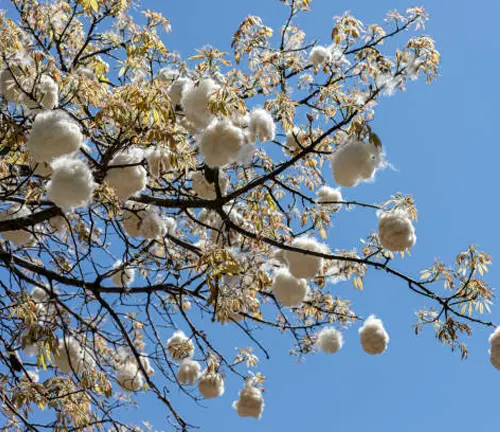
Gossypium herbaceum
(Levant Cotton)
This species is characterized by its herbaceous growth habit. While it has historically been cultivated for its fibers, it is less common in modern cotton production.
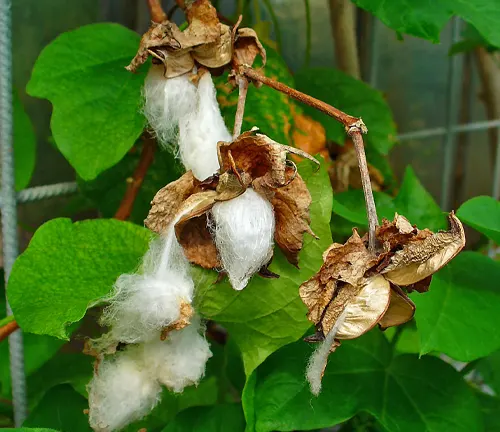
Gossypium tomentosum
(Florida Cotton)
Native to Florida, this species is adapted to specific ecological conditions in the southeastern United States. It has smaller and less commercially valuable fibers compared to other species.
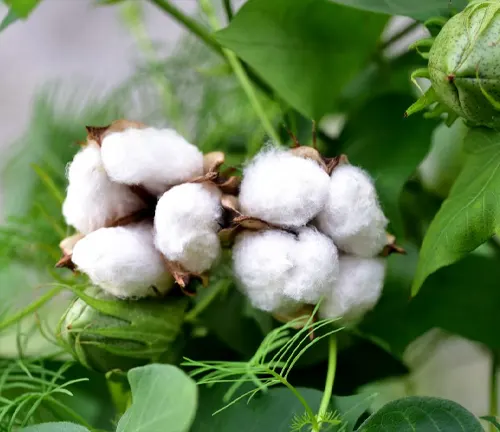
Gossypium mustelinum
(Wild Cotton)
Found in the Americas, this wild cotton species is a relative of cultivated cotton. It has smaller and less developed fibers compared to commercially grown varieties.

Frequently Asked Questions (FAQs)
- Is cotton a tree or a shrub?
Cotton plants can be both shrub-like and tree-like, depending on the species. Gossypium hirsutum, the most cultivated species, typically has a shrub-like appearance. - How long does it take for a cotton plant to mature?
The time it takes for a cotton plant to mature varies, but on average, it ranges from 150 to 180 days from planting to harvest. - What are the main uses of cotton besides textiles?
In addition to textiles, cotton has various applications, including in medical products, oil extraction, and as an ingredient in some food products. - What is organic cotton farming?
Organic cotton farming involves cultivation without synthetic pesticides or fertilizers. It emphasizes sustainability and environmental stewardship. - How is genetically modified (GM) cotton different from traditional cotton?
GM cotton is genetically modified to express certain traits, such as resistance to pests or improved fiber quality. Traditional cotton is grown without genetic modifications. - What is cotton ginning, and why is it necessary?
Ginning is the process of separating cotton fibers from seeds. It is a crucial step to obtain raw cotton that can be further processed into textiles. - Are there any environmental concerns associated with cotton farming?
Yes, cotton farming can have environmental impacts, including water usage, pesticide use, and soil degradation. Sustainable practices aim to address these concerns. - How do cotton farmers deal with pests and diseases?
Cotton farmers employ integrated pest management strategies, including the use of pesticides, crop rotation, and resistant varieties to combat pests and diseases. - What are the factors influencing cotton prices in the global market?
Cotton prices are influenced by factors such as global demand, weather conditions affecting crops, trade policies, and the overall economic climate. - Can cotton be grown in different climates?
Yes, cotton can be grown in various climates, but it thrives in warm temperatures with a sufficient growing season. Different cotton varieties are adapted to specific climatic conditions. - What is the role of cotton in sustainable fashion?
Cotton plays a significant role in sustainable fashion initiatives. Organic cotton and eco-friendly farming practices contribute to reducing the environmental impact of the textile industry. - How does cotton contribute to the economy of cotton-producing countries?
Cotton is a major cash crop in many countries, contributing significantly to the economies of these nations through exports and employment opportunities.






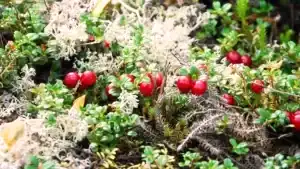
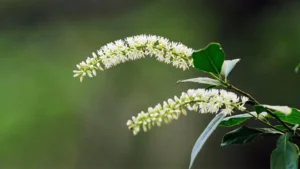

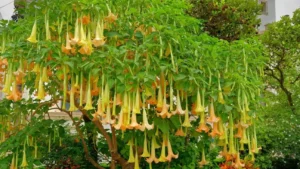
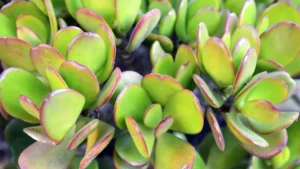
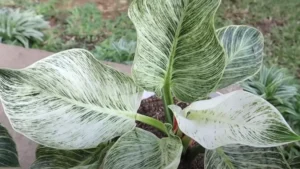
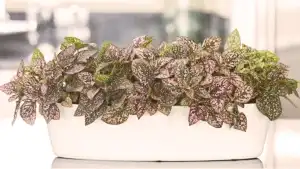

Leave your comment